This challenge was first explored during the Mater-NCAD Design Week (2018). Four design students conducted interviews and a ‘bodystorming’ exercise - navigating the hospital while wearing empathy glasses that simulate various visual impairments (e.g., glaucoma).
In 2022, Mater Transformation, supported by NCAD resumed the project in a post-COVID context, uncovering new insights. Co-design was central: staff, patients and hospital volunteers were engaged in testing and providing their feedback throughout.
- 67 patients contributed their feedback through interviews.
- Paper prototypes of signage, letters and maps were iteratively tested with users.
- Solutions were tailored to fit the hospital’s vernacular signage system while meeting the needs of visually impaired users.
Close collaboration with Estates, IMS and Flynn Signage ensured designs were implemented smoothly – from signage installation to revised letter templates and internal communications campaigns.
This project demonstrates how thoughtful design can improve healthcare experiences at scale – and serves as a model for future hospital-wide wayfinding improvements.
.svg)


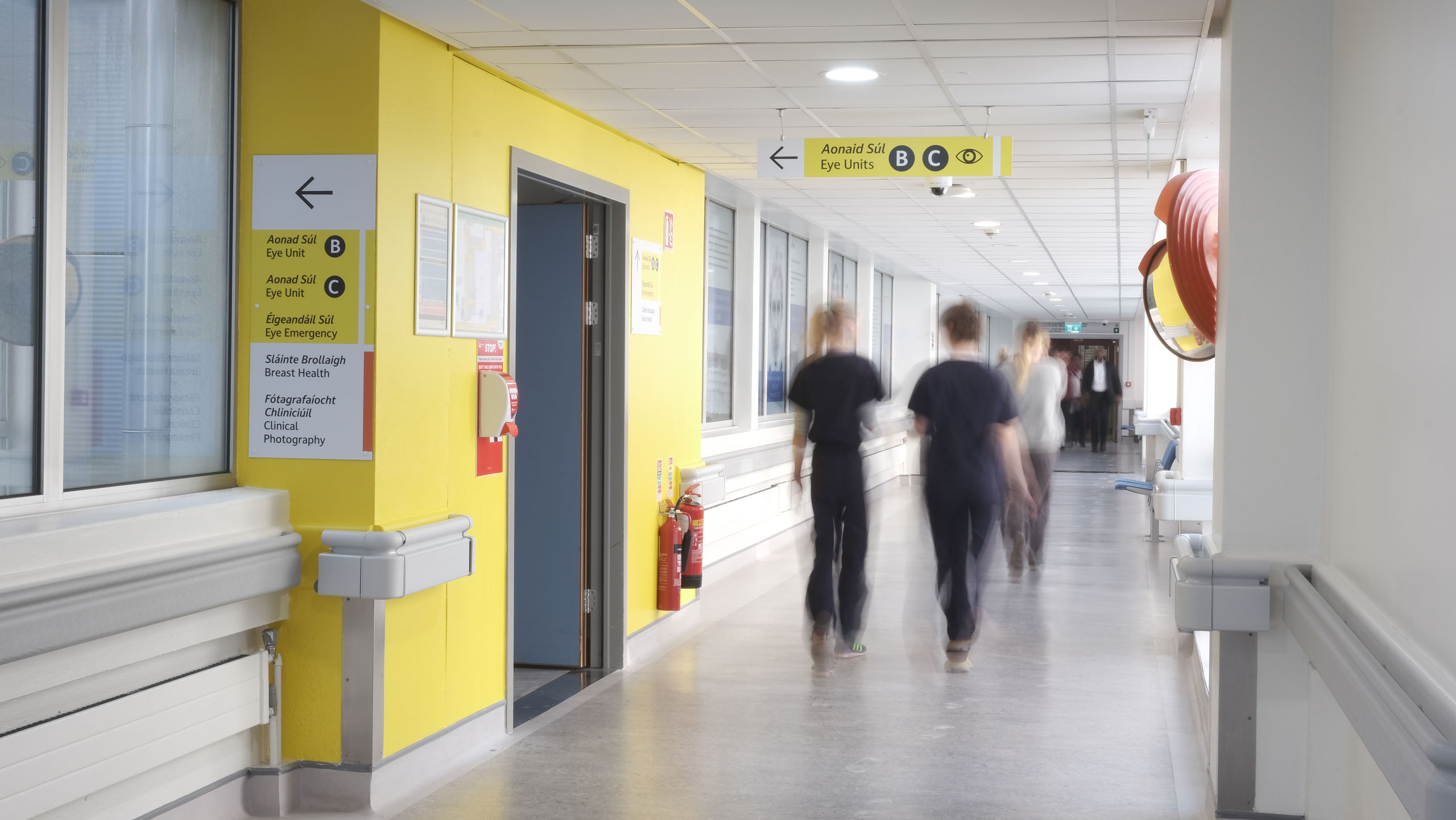

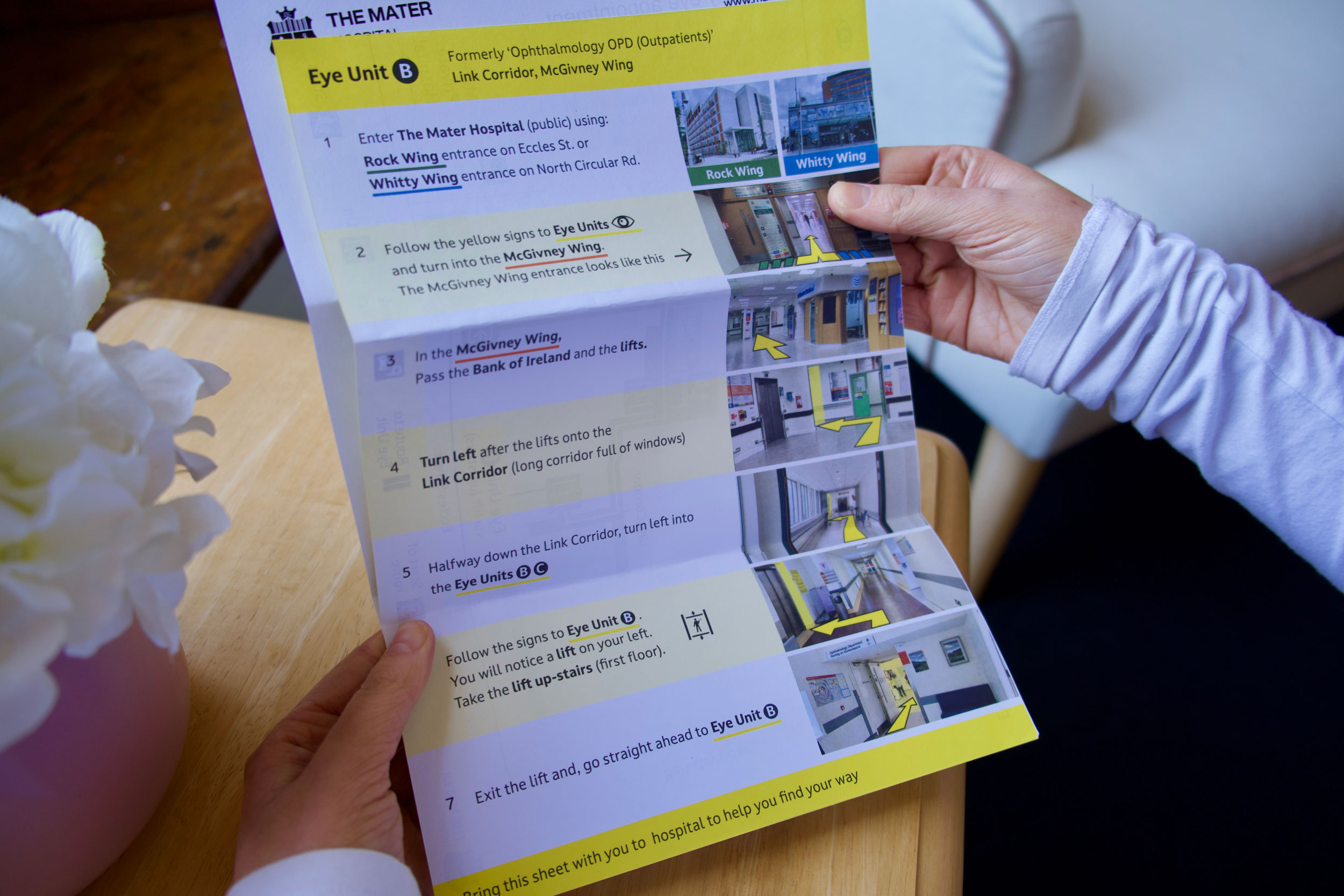
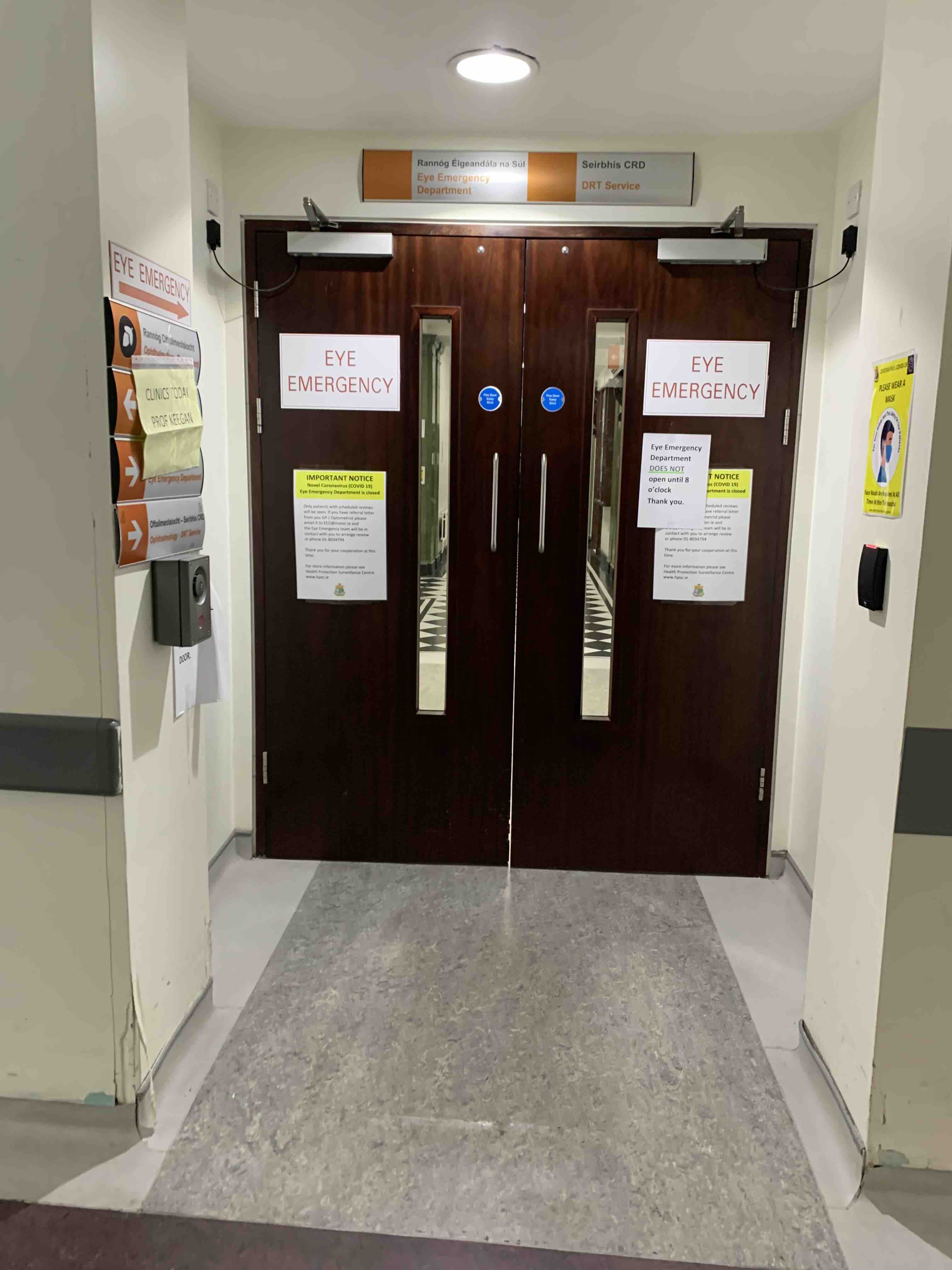


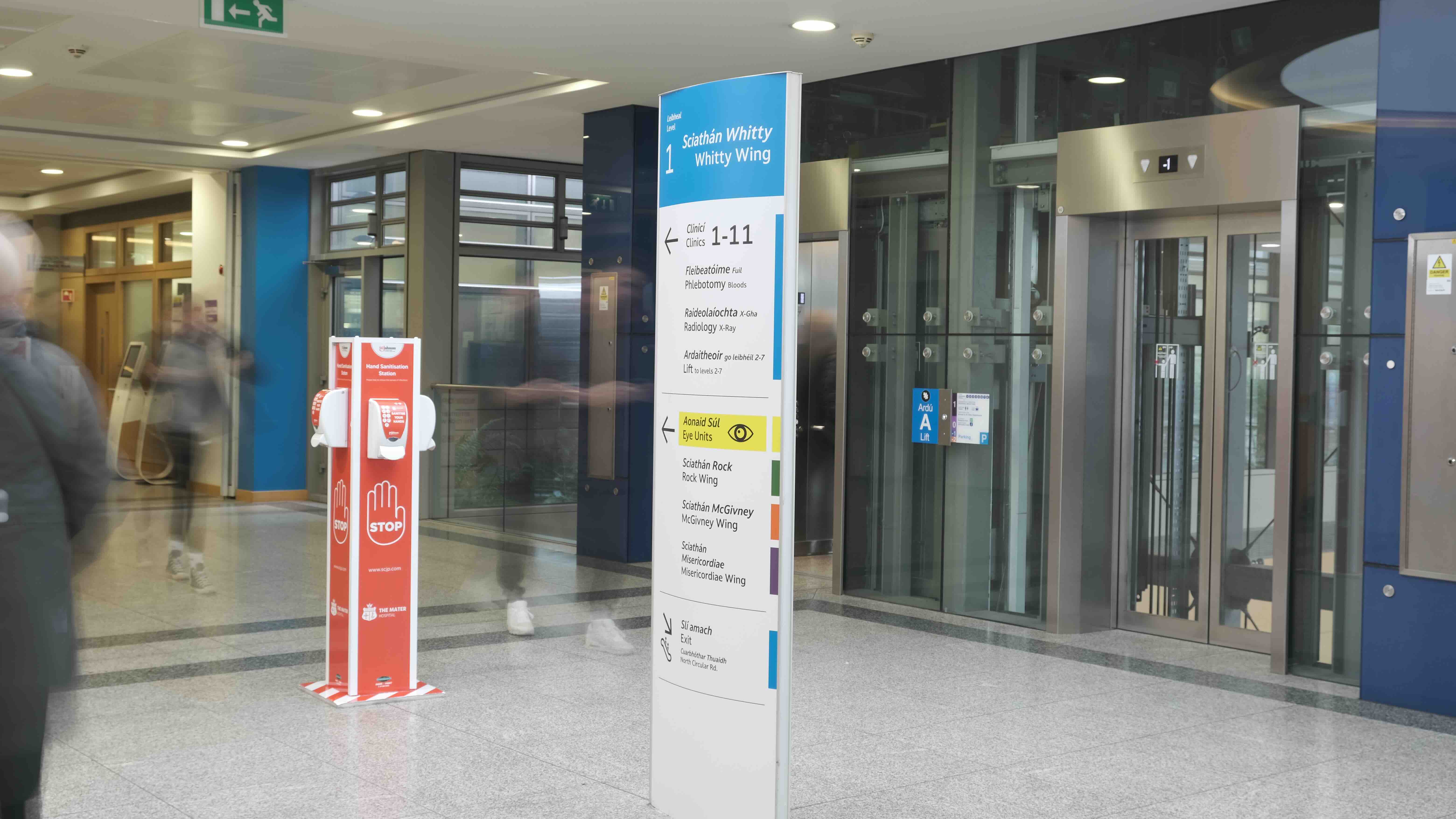
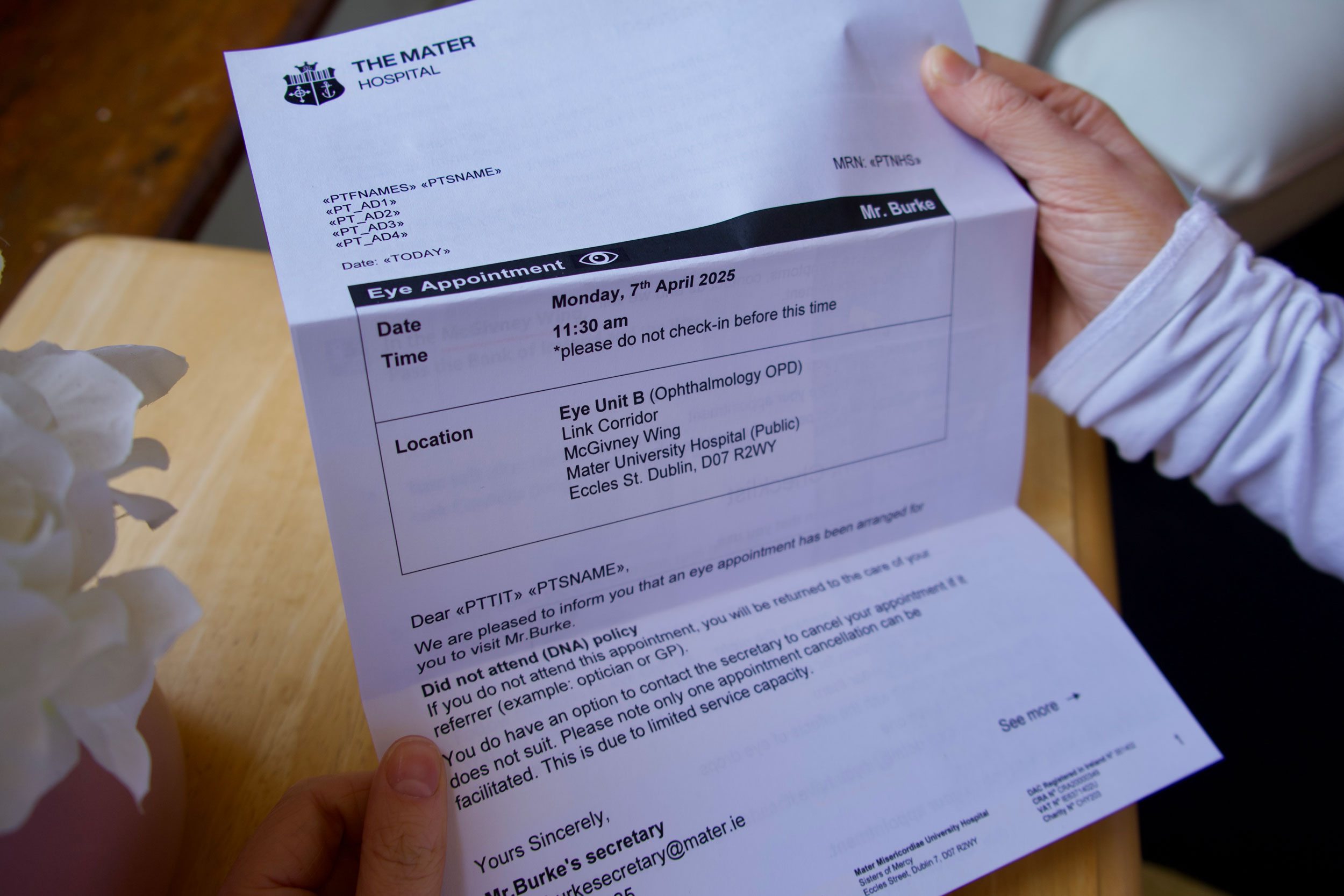
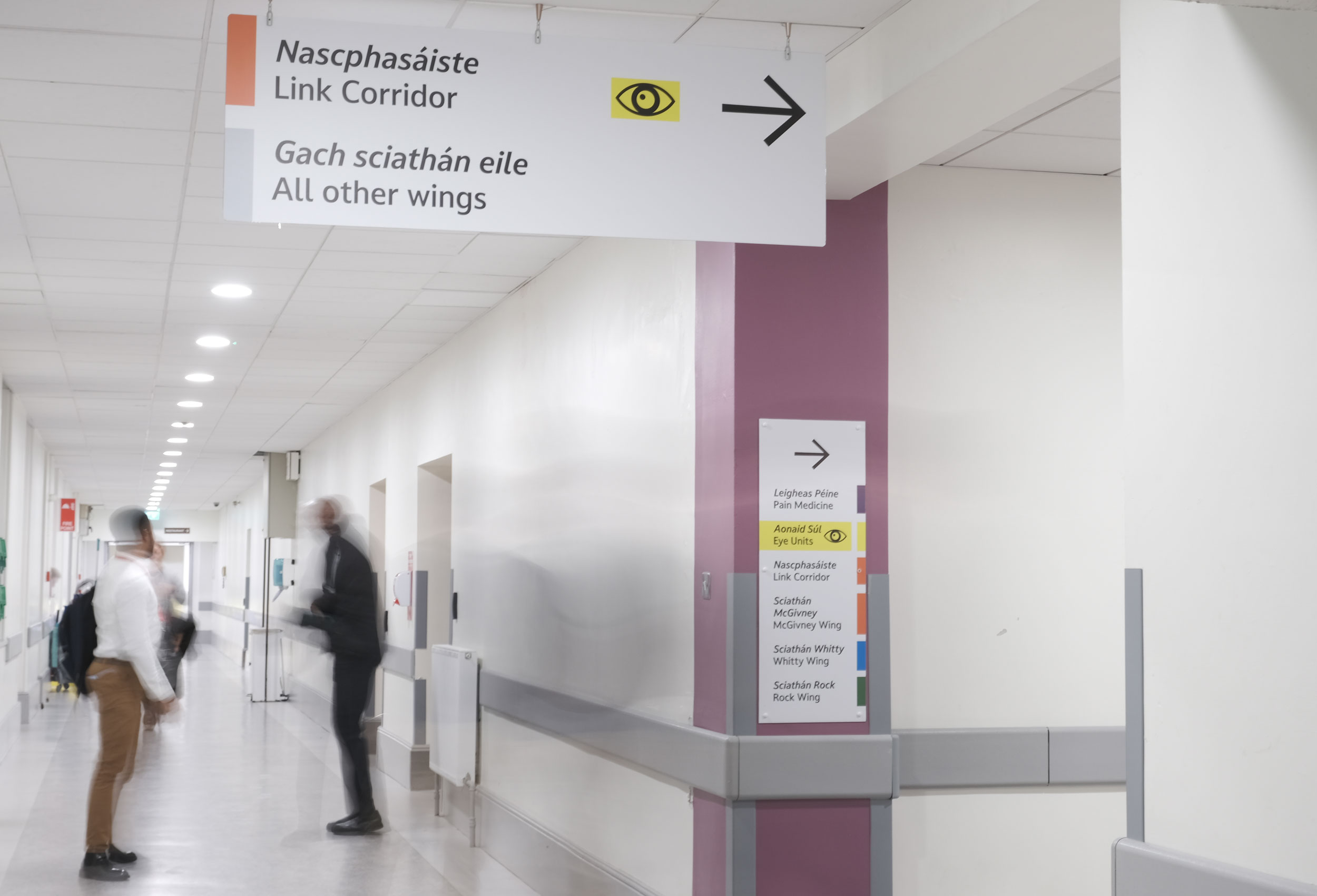
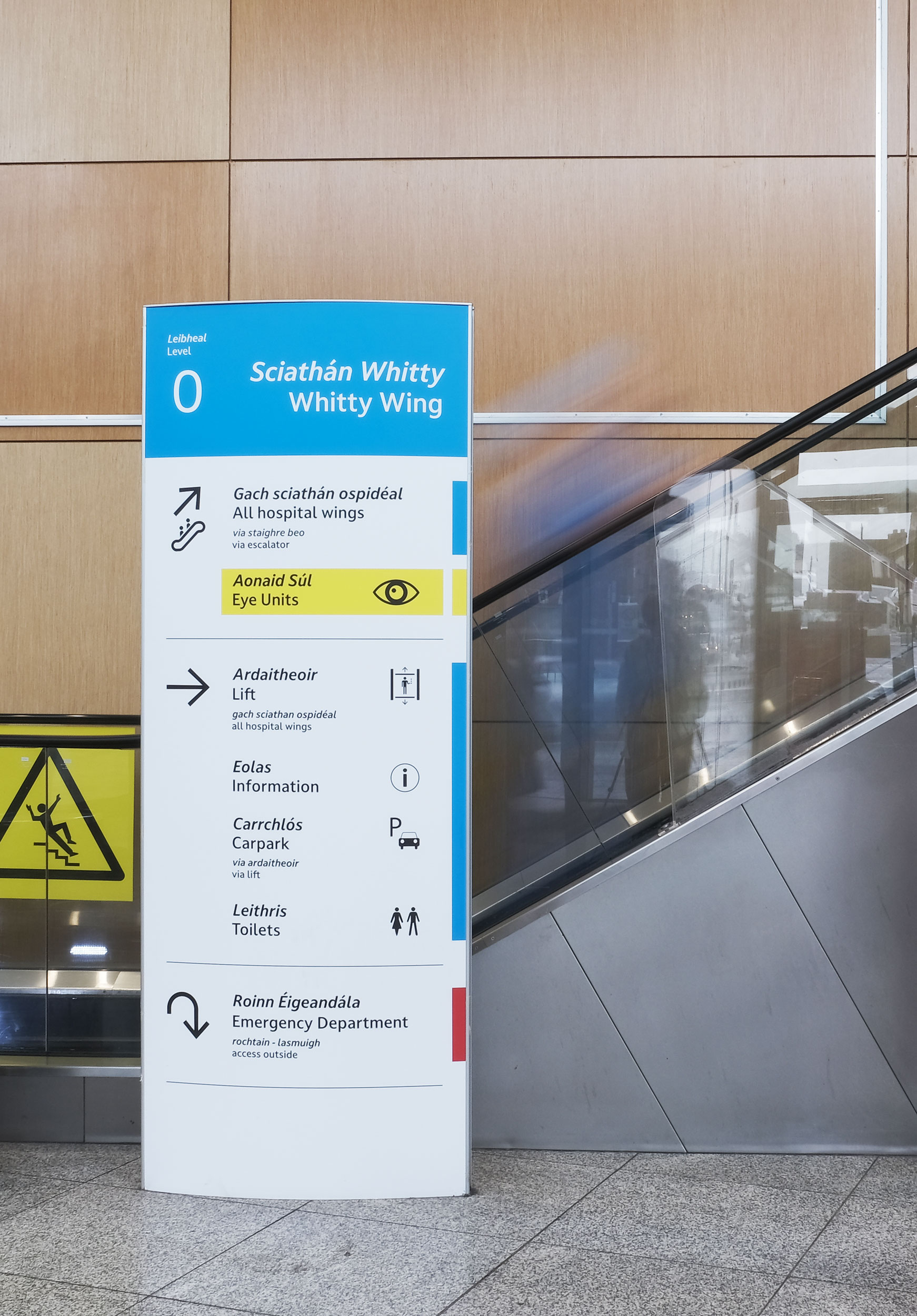
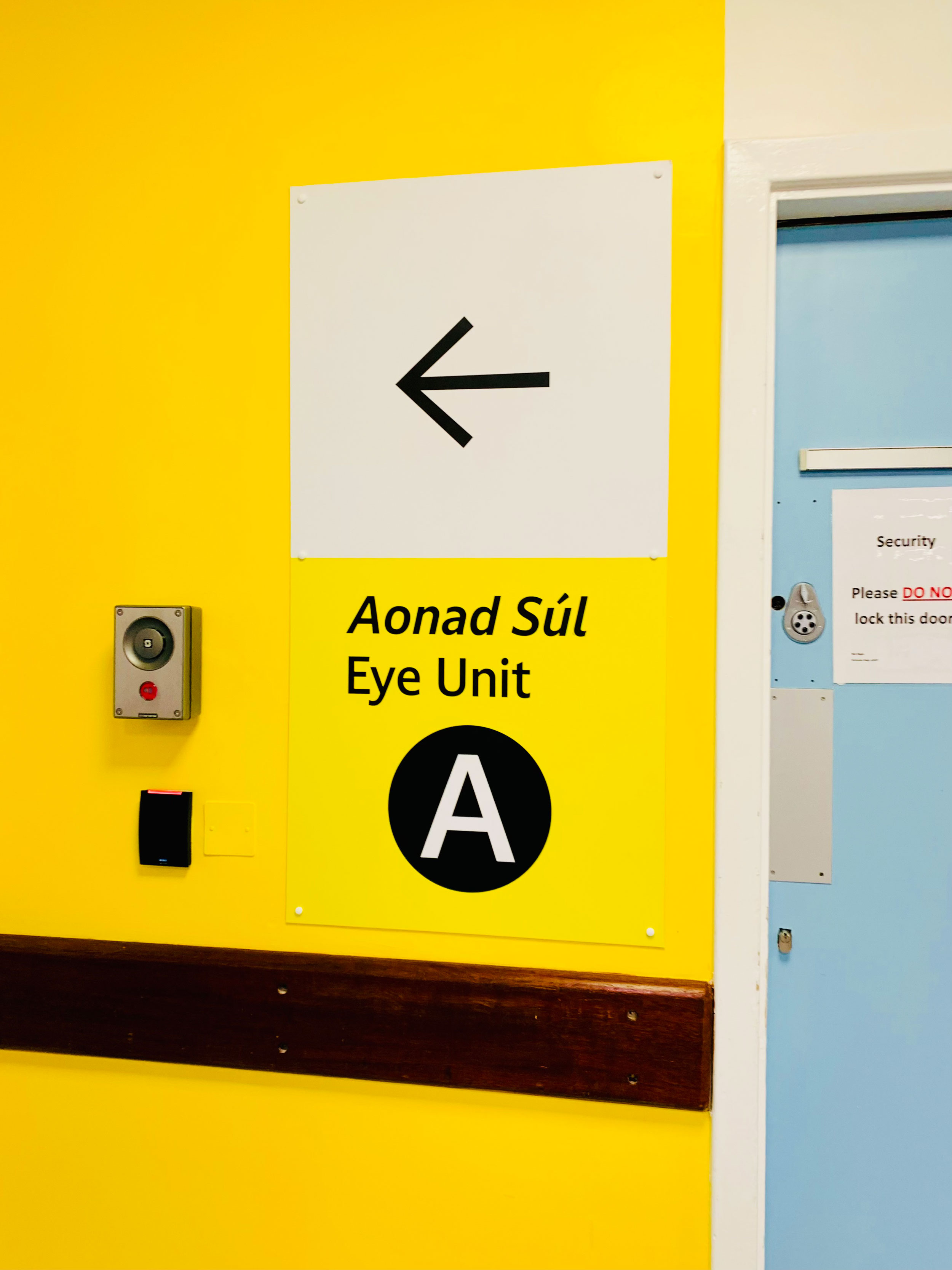
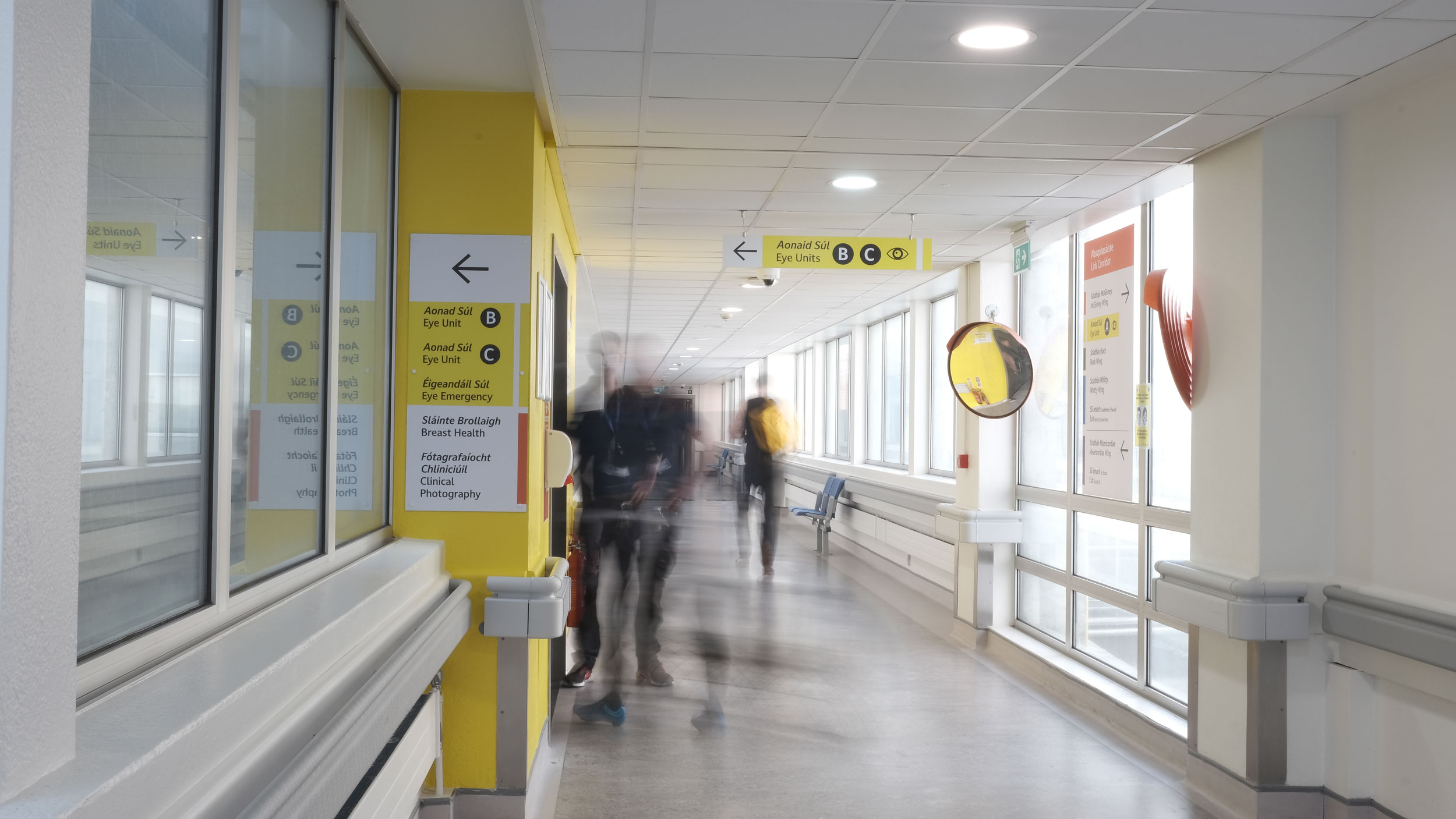


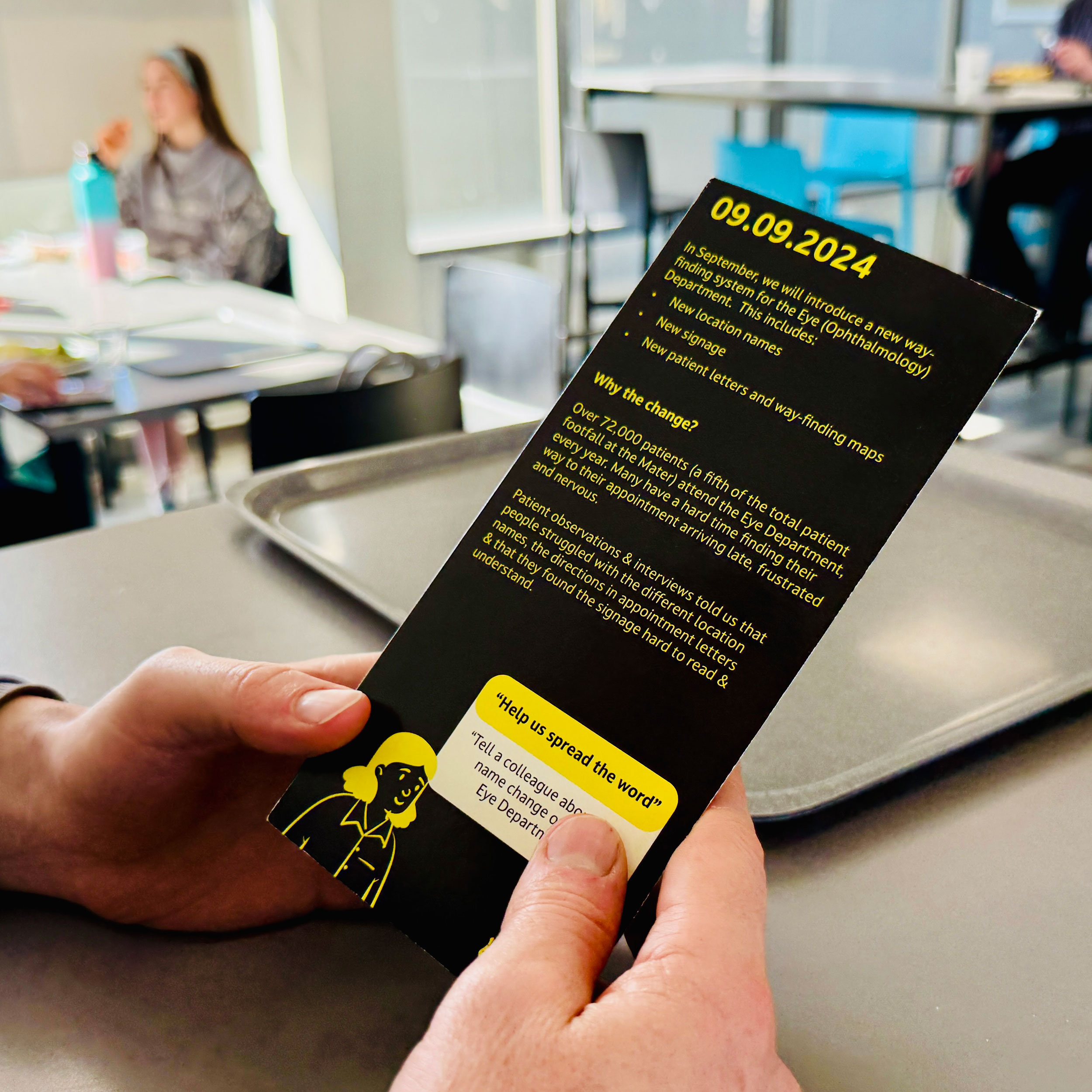
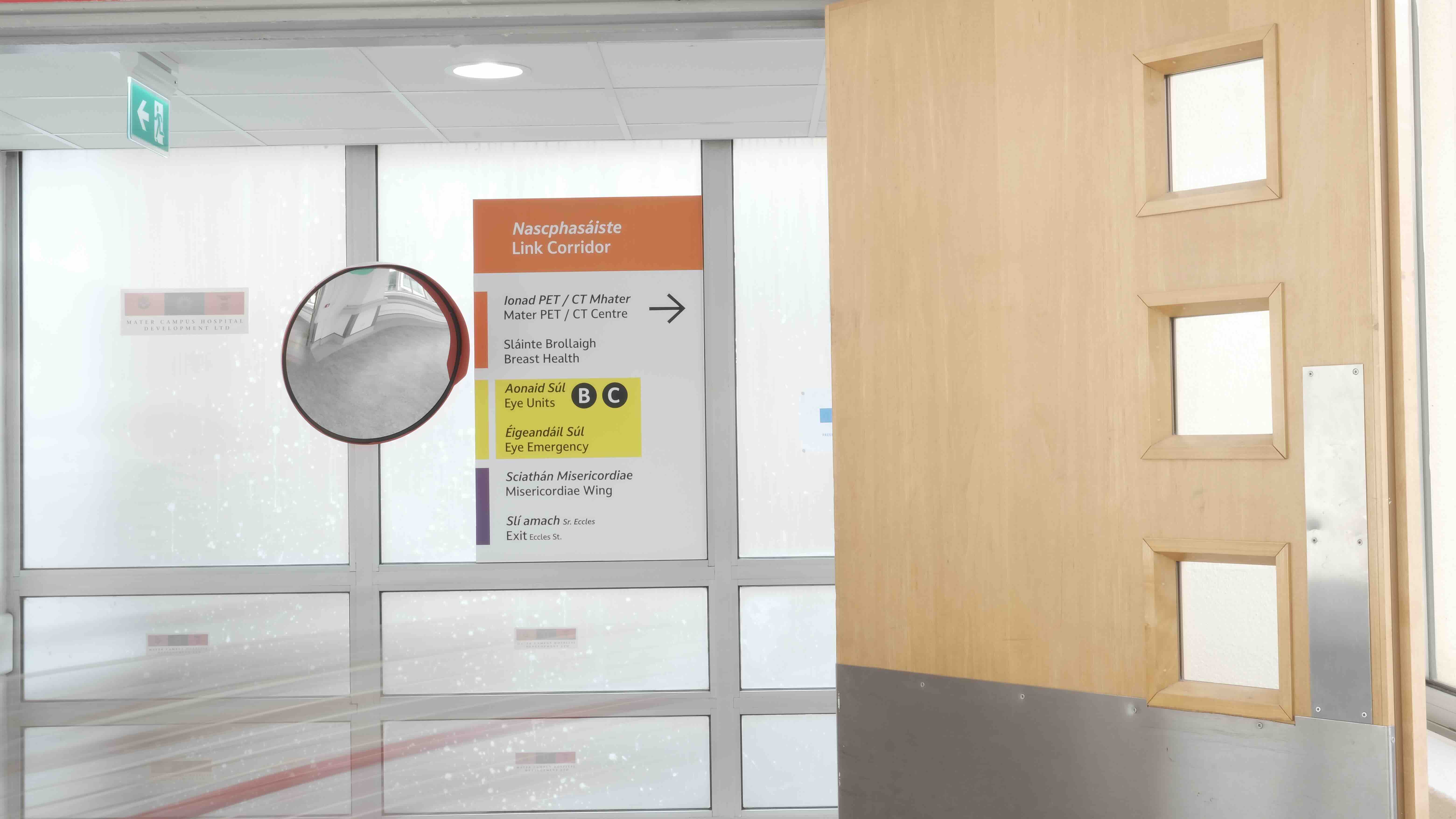
.png)
.png)
.png)